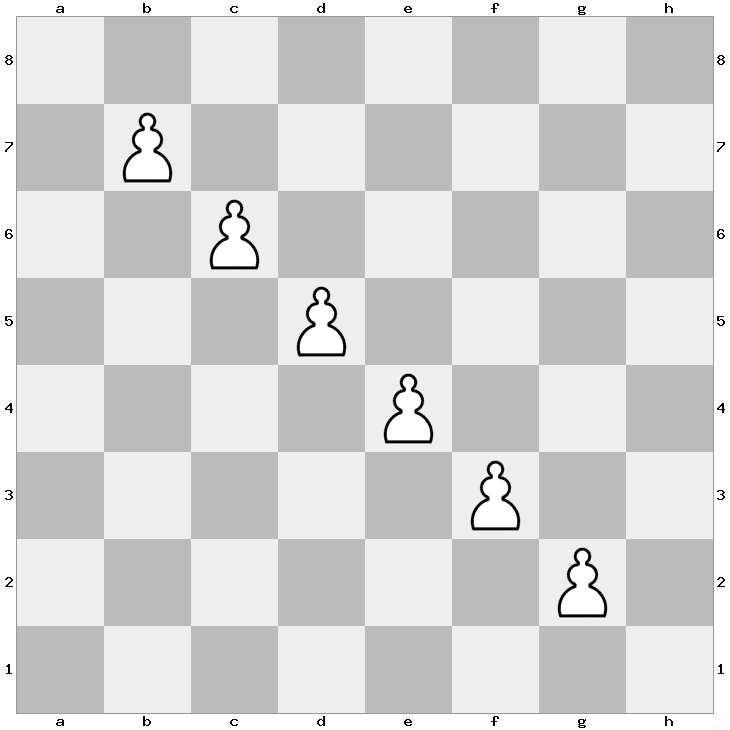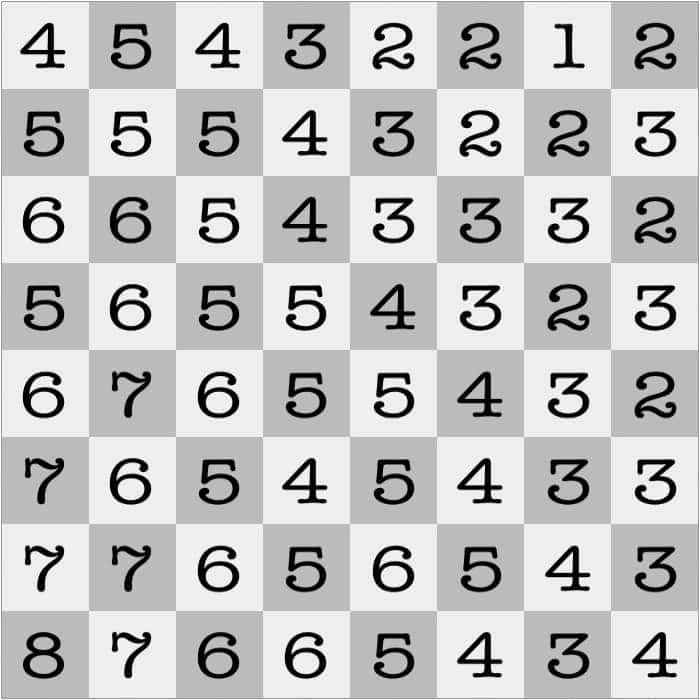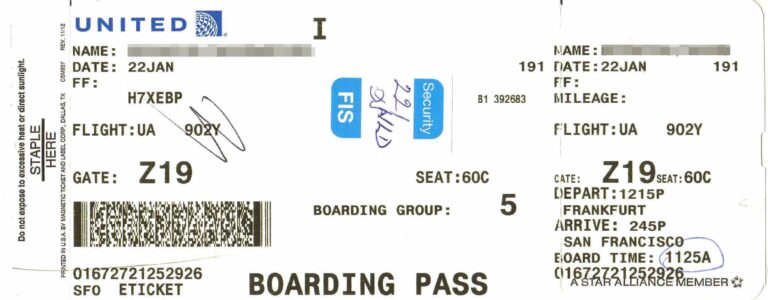Strips in the Plane
Prove that you can not cover the plane with infinite strips which have
We do not know where this puzzle originated from. If you have any information, please let us know via email.
Prove that you can not cover the plane with infinite strips which have
Can you construct a convex polyhedron, such that no two of its faces have the same number of edges?
Six pawns are placed in the middle squares of the main diagonal of a chess board – b7, c6, d5, e4, f3, g2. You are allowed to take any pawn on the chessboard and replace it with two pawns – one on the square above it and one on the square on its right, in case there are empty squares there. If after several moves there are no more pawns on the main diagonal, show that all the squares above it except for h8 are covered by pawns.

You are given an 8×8 chess-board, and in each of its cells

Prove that among any 9 points in (3D) space, there are three which form an obtuse angle.
There are 100 passengers which are trying to get on a plane. The first passenger, however, has lost his boarding pass, so decides to sit on an arbitrary seat. Each successive passenger either sits on his own seat if it is empty or on an arbitrary other if it is taken. What is the chance that the last person will sit

You are given a polynomial P(x) of unknown degree with coefficients which are non-negative integers. You don’t know any of the coefficients, but you are allowed to evaluate the polynomial at any point you choose. What is the smallest number of evaluations you need to use, so that can find the degree and the coefficients of P(x)?
Alice secretly picks two different integers by an unknown process and puts them in two envelopes. Bob chooses one of the two envelopes randomly (with a fair coin toss) and shows you the number in that envelope. Now you must guess whether the number in the other, closed envelope is larger or smaller than the one you have seen.
Is there a strategy which gives you a better than 50% chance of guessing correctly, no matter what procedure Alice used to pick her numbers?
There are 2 wizards and each of them has infinitely many hats on his head. Every hat has 50-50 chance to be white or black, and the wizards can see the hats of the other person, but not their own. Each wizard is asked to identify a black hat on his head without looking, and they win if both succeed to guess correctly. If the wizards are allowed to devise a strategy in advance, can they increase their chance of winning to more than 25%?
NASA locates a meteor in outer space and concludes that it has either a cubical or spherical shape. In order to determine the exact shape, NASA lands a spacecraft on the meteor and lets a rover travel from the spacecraft to the opposite point on the planet. By measuring the relative position of the rover with respect to the spacecraft throughout its travel on the planet (in 3D coordinates), can NASA always determine the shape, no matter the route taken by the rover?
Please confirm you want to block this member.
You will no longer be able to:
Please allow a few minutes for this process to complete.
Notifications